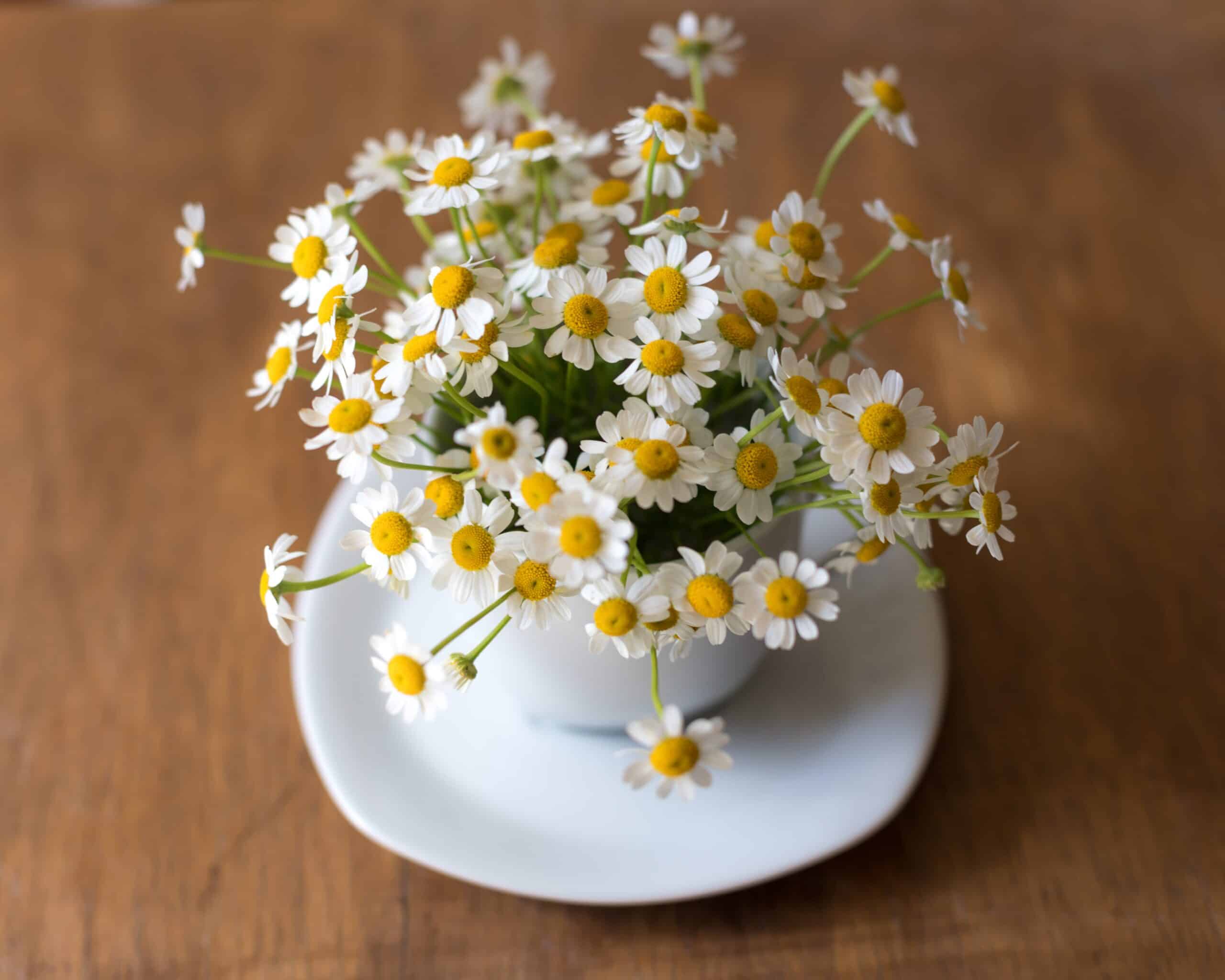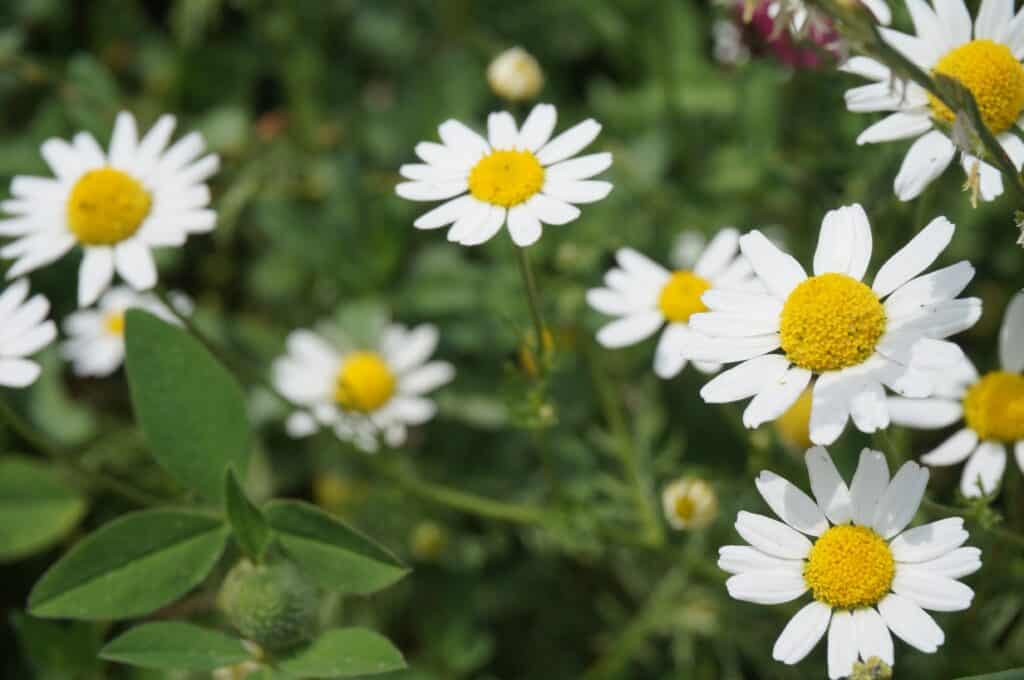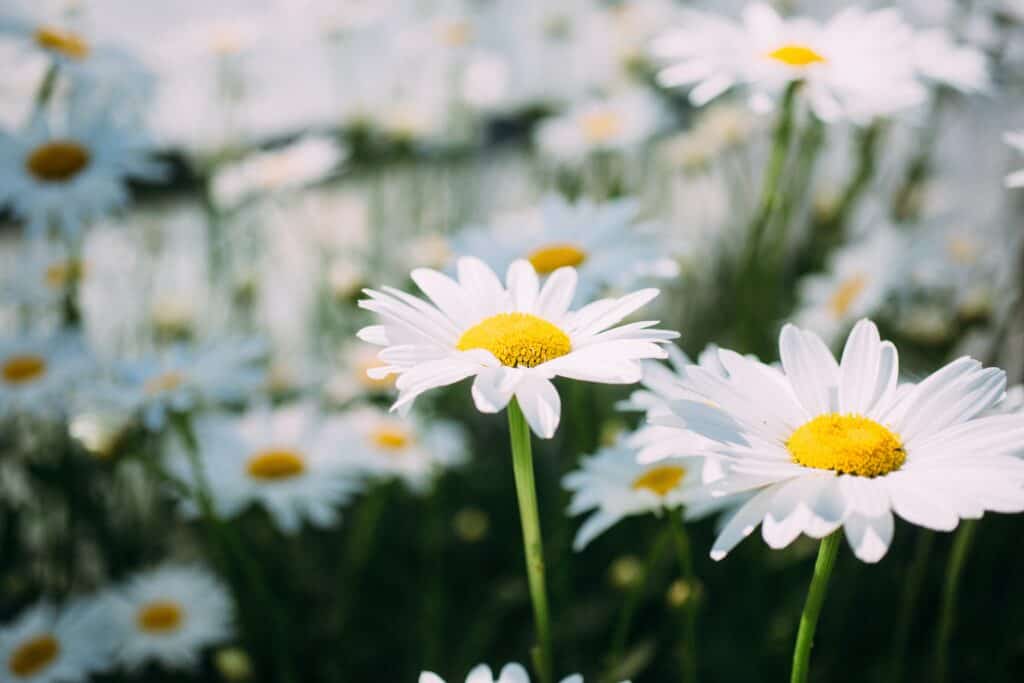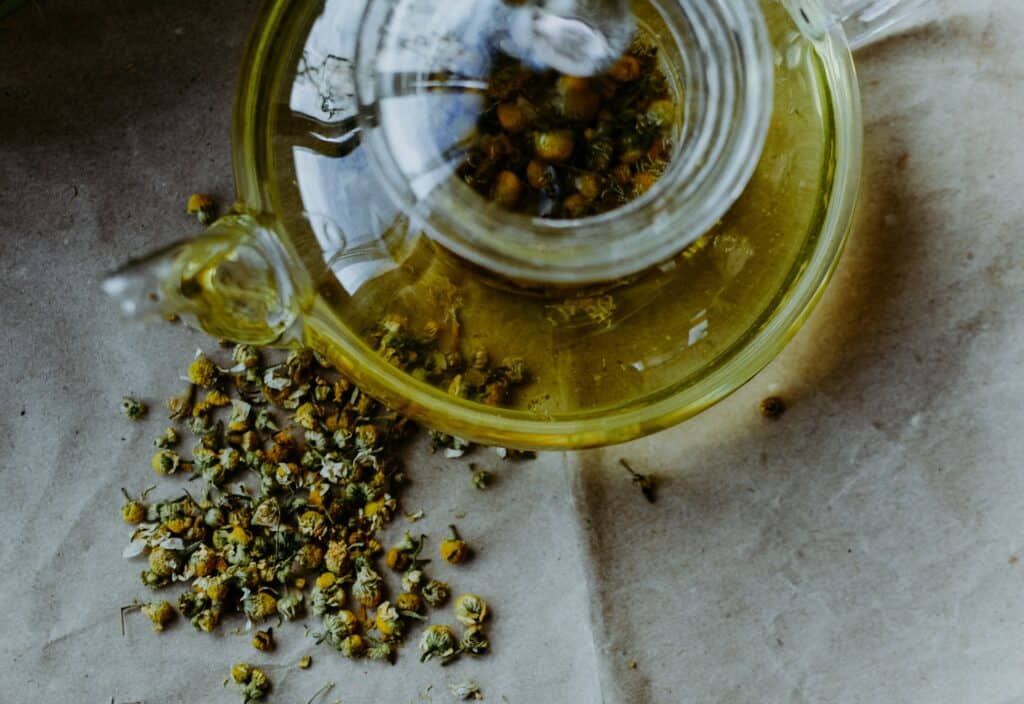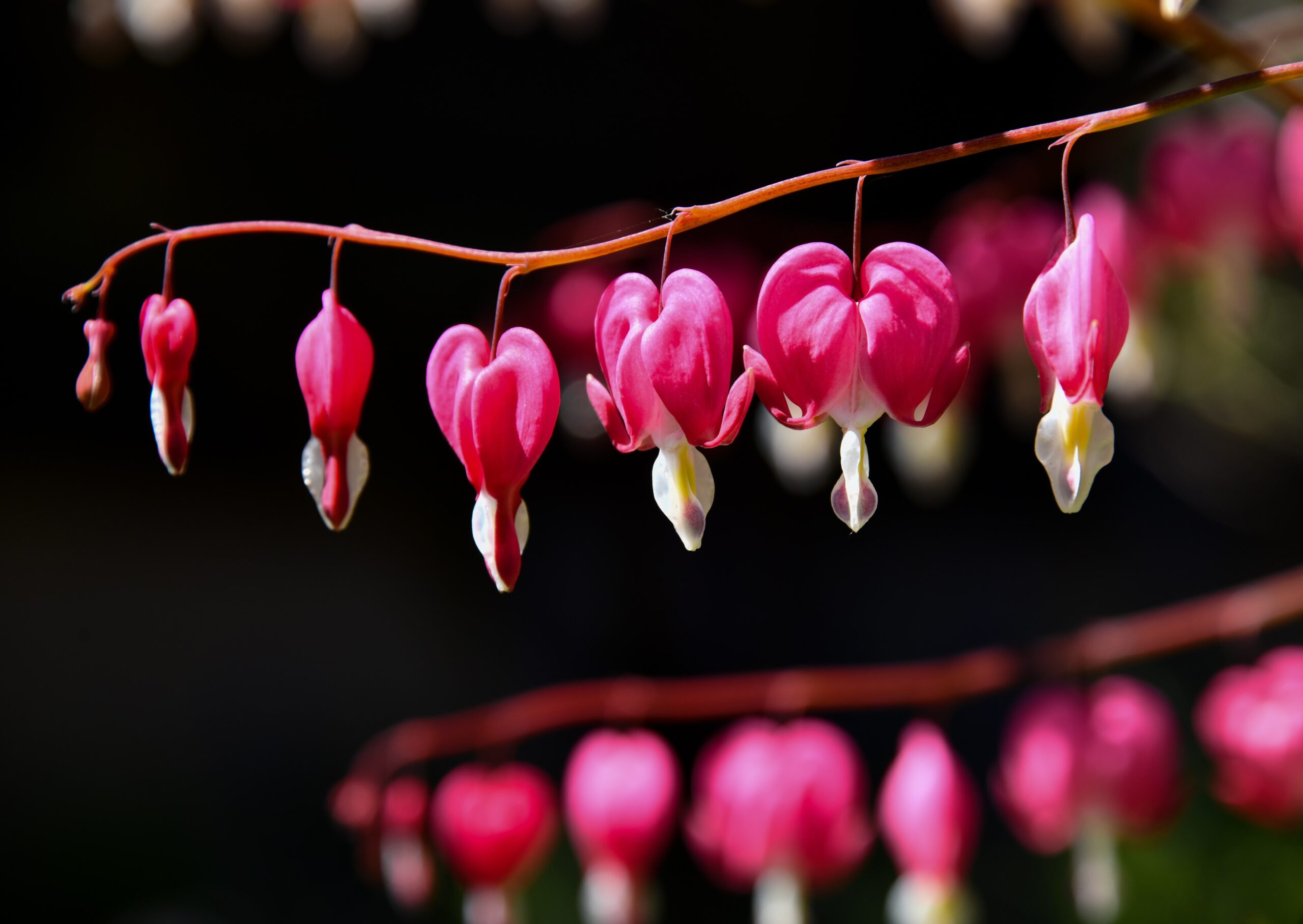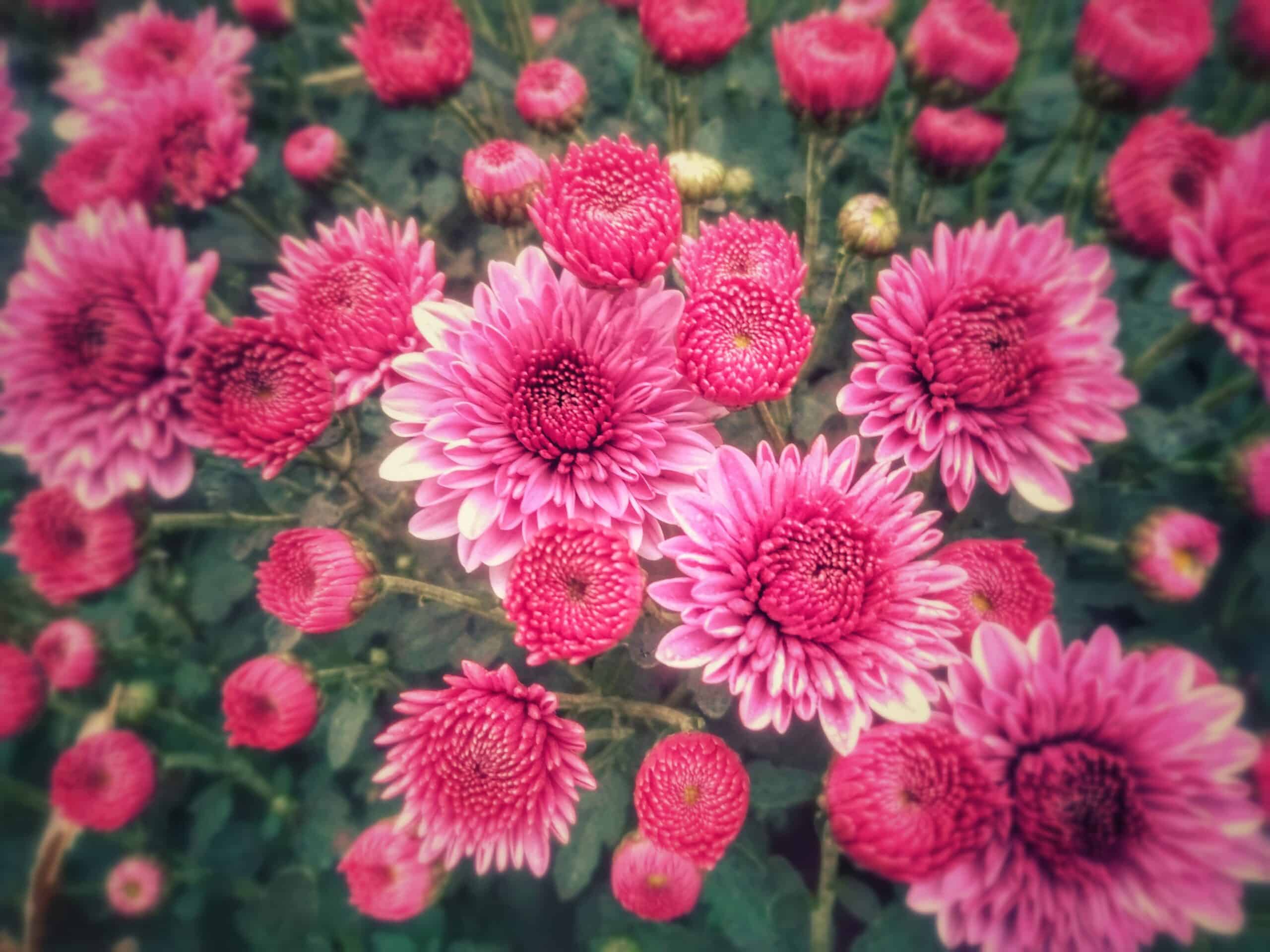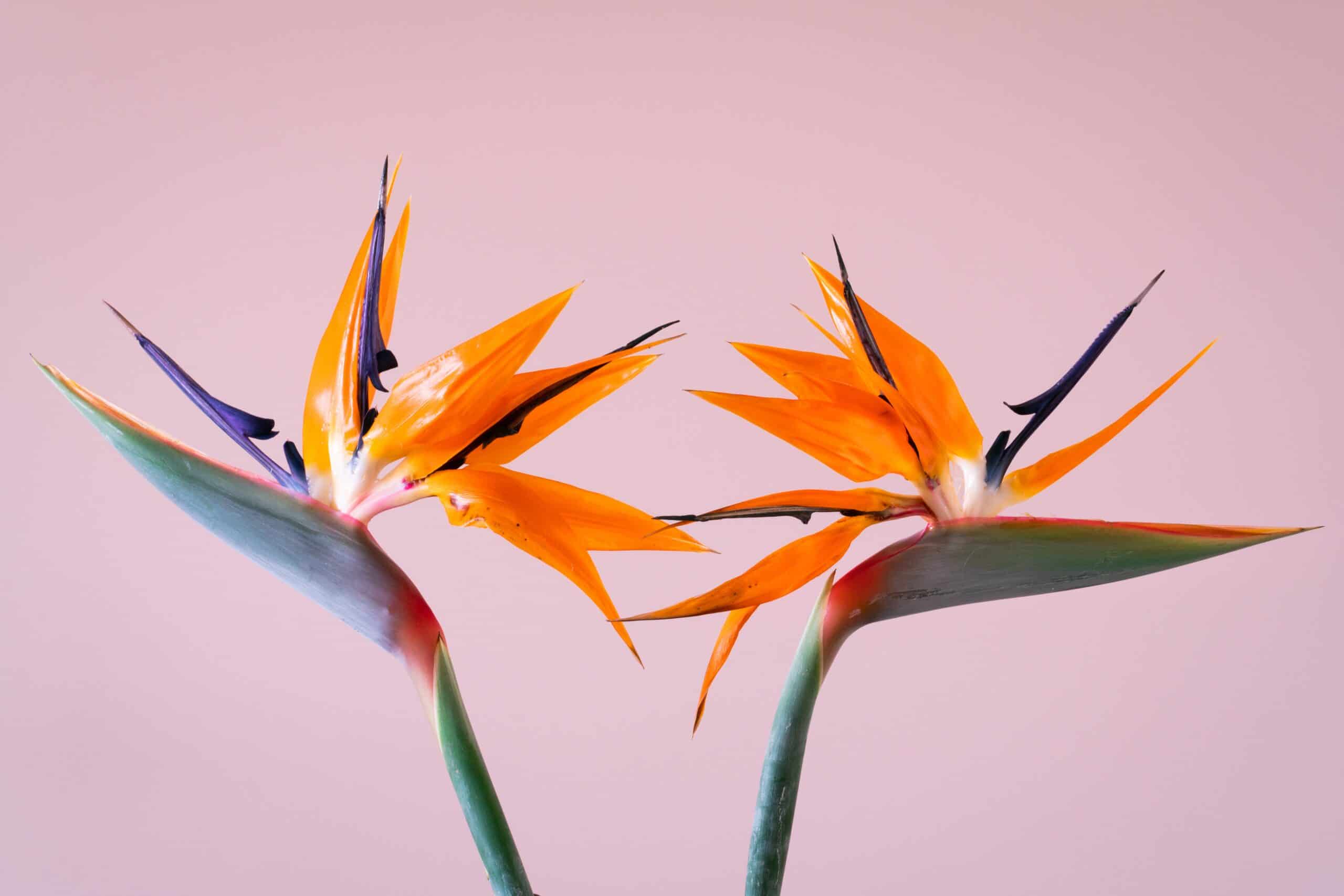Chamomile is a member of the daisy family and is known for its delicate, white or yellow flowers and its soothing fragrance. The plant has been used for its medicinal properties for centuries and is still a popular ingredient in many natural remedies today. In addition to its health benefits, chamomile is also a beautiful and versatile herb that can add a touch of elegance to any garden.
Chamomile is easy to grow and care for, making it a great option for gardeners of all skill levels. It prefers well-drained soil and full sun to partial shade, and it can be grown from seed or from clippings from an established plant. When planting chamomile, be sure to space the plants 8 to 10 inches apart to allow for proper growth and air circulation.
In terms of care, chamomile is not a heavy feeder, but it does best in soil that has been enriched with organic matter. Water the plants regularly, keeping the soil consistently moist but not waterlogged. Overwatering can cause root rot, so be careful not to overwater. Chamomile will bloom from late spring to early fall, and it is important to deadhead the flowers regularly to promote continued blooming. This will also prevent the plant from going to seed, which will reduce its energy and overall vigor.
What Does Chamomile Mean?
The word “chamomile” is derived from the Greek word “chamaimelon,” which means “earth apple.” This refers to the plant’s low-growing habit and its apple-scented foliage and flowers.
The etymology of “chamomile” can be traced back to the ancient Greeks, who used the plant for its medicinal properties. In ancient times, the plant was believed to have the power to calm and soothe the mind and body, which is why it was often referred to as the “herb of tranquility.”
Today, chamomile is still widely used for its medicinal properties, and it remains a popular ingredient in natural remedies for digestive issues, skin irritation, and stress relief. The word “chamomile” has been adopted into many different languages, including French, German, and Spanish, and it remains a commonly used term in the world of herbal medicine and aromatherapy.
Chamomile Through Mythology
Chamomile has a rich history of mythology and folklore that dates back to ancient times. The ancient Greeks, Romans, and Egyptians all held the plant in high regard, and they believed it had various supernatural powers and uses.
- In Greek mythology, chamomile was associated with the goddess of flowers, Artemis. According to legend, Artemis created the chamomile plant after the death of a young man named Chenomalus. The story says that the plant sprang up from the ground where Chenomalus was buried, and its flowers were said to symbolize his innocence and purity.
- In Roman mythology, chamomile was associated with the god of sleep, Morpheus. It was believed that the plant had the power to bring peace and calmness to the mind and body, and that it could be used to induce sleep and soothe the soul.
- In Egyptian mythology, chamomile was associated with the goddess of the sky, Nut. It was believed that the plant could be used to treat various ailments and that it had the power to protect against evil spirits.
Throughout history, chamomile has been valued for its medicinal properties and its ability to bring peace and tranquility. This rich history of mythology and folklore has helped to establish chamomile as one of the most beloved and versatile herbs in the world, and it continues to be used for its many benefits today.
Chamomile’s Meaning & Symbolism
The meaning and symbolism of chamomile vary across cultures, but the plant is generally associated with peace, tranquility, and healing.
In many cultures, chamomile is seen as a symbol of purity and innocence, and it is often used in rituals and ceremonies to cleanse and purify the mind and body. For example, in ancient Greece, chamomile was used as an offering to the gods, and it was believed to have the power to bring peace and calmness to those who consumed it.
In the language of flowers, chamomile is often associated with patience and perseverance. The delicate and graceful flowers are seen as a symbol of the wearer’s ability to endure difficult times with grace and strength.
In the world of aromatherapy, chamomile is valued for its soothing and calming scent, which is believed to help relieve stress and anxiety. The plant’s essential oil is commonly used in massage and relaxation treatments, and its aroma is thought to promote peace and tranquility.
Overall, the meaning and symbolism of chamomile are closely tied to its soothing and calming properties, and it continues to be a popular choice for those seeking peace, comfort, and healing.
Growing Chamomile
Chamomile is a low-maintenance herb that is prized for its delicate flowers and soothing aroma. It is easy to grow, making it a great choice for gardeners of all skill levels. Here are five top varieties to plant for the best results:
- German Chamomile (Matricaria chamomilla): This variety is commonly used for its medicinal properties, as it contains high levels of chamazulene, which has anti-inflammatory and antiseptic properties.
- Roman Chamomile (Chamaemelum nobile): This variety is prized for its essential oil, which is used in perfumes and cosmetics. Roman chamomile is also a popular choice for ground cover, as it has a low, creeping growth habit.
- Egyptian Chamomile (Anthemis nobilis): This variety is prized for its beautiful, yellow flowers and its strong, apple-like fragrance. It is also a popular ingredient in teas, skin care products, and aromatherapy.
- Scented Mayweed (Tripleurospermum maritimum): This variety is known for its strong, sweet fragrance and its yellow, daisy-like flowers. It is often used in gardens for its ornamental value.
- Yellow Chamomile (Matricaria maritima): This variety is prized for its bright yellow flowers and its high levels of essential oils. It is also commonly used for its medicinal properties, as it is a natural remedy for digestive issues and skin irritation.
When growing chamomile, it is important to choose a location that has well-drained soil and full sun to partial shade. If you are planting from seed, start them indoors in the spring and transplant them outside after the last frost date. When planting chamomile, space the plants about 8 to 10 inches apart to allow for proper growth and air circulation. With the right conditions, chamomile will thrive and bring beauty, fragrance, and versatility to your garden.
Key Factors to consider
- Soil and Watering
Proper soil and watering practices are crucial to the success of growing chamomile. Chamomile plants prefer well-drained soil with a neutral pH level between 6.0 and 7.0. If the soil in your garden is too alkaline or acidic, you may need to amend it with compost or other organic matter to bring it to the proper pH range.
Regular watering is also important to keep the plants healthy and thriving. Make sure to water your chamomile plants consistently, keeping the soil moist but not waterlogged. Overwatering can lead to root rot, which can weaken the plant and reduce its overall vigor. On the other hand, too little water can stress the plant and cause it to wilt. A good rule of thumb is to water your chamomile plants deeply once or twice a week, depending on the weather and soil conditions.
It is also important to make sure that the plants are not exposed to heavy rainfall, as this can cause waterlogging and increase the risk of root rot. If you live in an area with heavy rainfall, you may want to consider planting your chamomile in raised beds or using mulch to help improve drainage.
By following these guidelines for soil and watering, you can ensure that your chamomile plants receive the proper care they need to thrive in your garden.
- Fertilizing
Chamomile is a relatively low-maintenance plant that doesn’t require a lot of fertilizer to grow well. In fact, it is well-suited to soil that has been enriched with organic matter, such as compost or well-rotted manure. This organic matter will help to provide the plants with the nutrients they need for healthy growth.
However, if you want to give your chamomile plants an extra boost, you can fertilize with a balanced organic fertilizer every 4-6 weeks. Look for a fertilizer that is formulated for herbs or vegetables and contains a balanced blend of nitrogen, phosphorus, and potassium. You can apply the fertilizer to the soil around the plants, taking care not to get it on the foliage, which can cause leaf burn.
It is important to remember that chamomile is not a heavy feeder, and too much fertilizer can actually be harmful to the plants. Overfertilizing can lead to excessive growth, reducing the overall health and quality of the plants.
- Pruning
Chamomile is a beautiful herb that blooms from late spring to early fall, producing delicate flowers that are prized for their soothing aroma. To keep your chamomile plants blooming throughout the growing season, it is important to deadhead the flowers regularly. Deadheading is the process of removing spent blooms from the plant to promote continued flowering.
To deadhead your chamomile plants, simply pinch off the dead blooms and dispose of them. This will prevent the plant from going to seed, which will conserve its energy and help to maintain its overall vigor. By deadheading regularly, you can also keep your chamomile plants looking neat and tidy, and encourage them to produce more flowers.
In addition to deadheading, you may also want to consider pruning back your chamomile plants after they have finished blooming. This will help to keep the plants compact and prevent them from becoming leggy. Simply trim back the foliage and stems to about half their height, taking care not to damage the crown of the plant.
- Harvesting
One of the benefits of growing chamomile in your garden is that you can harvest its delicate flowers for use in a variety of ways. As soon as the flowers begin to bloom, you can start harvesting them to enjoy their soothing fragrance and beneficial properties.
The flowers of the chamomile plant contain the volatile oils that give the herb its signature aroma and medicinal properties. To harvest the flowers, simply gently pick them off the plant, being careful not to damage the foliage. You can use a pair of scissors or pruning shears to make the process easier, but it is important to handle the flowers carefully to preserve their quality and potency.
Once you have harvested the flowers, you can either use them fresh or dry them for later use. Fresh chamomile flowers can be used to make tea, tinctures, or added to baths for a relaxing and soothing experience. To dry the flowers, simply spread them out in a single layer on a clean, dry surface and let them air dry in a warm, well-ventilated area. Once they are completely dry, you can store them in an airtight container until you are ready to use them.
Harvesting chamomile flowers is a simple and rewarding process, and it is a great way to enjoy the benefits of this versatile and soothing herb in your own garden. By following these guidelines for harvesting, you can ensure that you are able to enjoy the best possible results from your chamomile plants.
What we love from Amazon this week
Buy these wonderful flowers directly from Amazon:


